Species Photo Gallery for Aceratagallia agricola American Clover Leafhopper 24 |
 | Photo by: Paul Scharf
Warren Co.
Comment: Caught Sweeping | 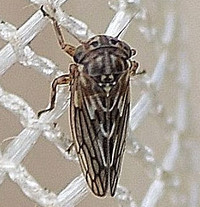 | Photo by: Paul Scharf
Warren Co.
Comment: Caught Sweeping |
 | Photo by: Kyle Kittelberger, Brian Bockhahn, Paul Scharf
Avery Co.
Comment: grassy, brushy field-type habitat in old christmas tree farm; female, 3.0 mm (brown) and male, 2.9 mm (black) |  | Photo by: Kyle Kittelberger, Brian Bockhahn, Paul Scharf
Avery Co.
Comment: grassy, brushy field-type habitat in old christmas tree farm; female, 3.0 mm (brown) and male, 2.9 mm (black) |
 | Photo by: Kyle Kittelberger, Brian Bockhahn, Paul Scharf
Avery Co.
Comment: grassy, brushy field-type habitat in old christmas tree farm; female, 3.0 mm (brown) and male, 2.9 mm (black) |  | Photo by: Kyle Kittelberger, Brian Bockhahn, Paul Scharf
Avery Co.
Comment: grassy, brushy field-type habitat in old christmas tree farm; female, 3.0 mm (brown) and male, 2.9 mm (black) |
 | Photo by: Kyle Kittelberger, Brian Bockhahn, Paul Scharf
Avery Co.
Comment: grassy, brushy field-type habitat in old christmas tree farm; female, 3.0 mm (brown) and male, 2.9 mm (black) |  | Photo by: Kyle Kittelberger, Brian Bockhahn, Paul Scharf
Avery Co.
Comment: grassy, brushy field-type habitat in old christmas tree farm; female, 3.0 mm (brown) and male, 2.9 mm (black) |
 | Photo by: Kyle Kittelberger, Brian Bockhahn, Paul Scharf
Avery Co.
Comment: grassy, brushy field-type habitat in old christmas tree farm; female, 3.0 mm (brown) and male, 2.9 mm (black) |  | Photo by: Kyle Kittelberger, Brian Bockhahn, Paul Scharf
Avery Co.
Comment: grassy, brushy field-type habitat in old christmas tree farm; female, 3.0 mm (brown) and male, 2.9 mm (black) |
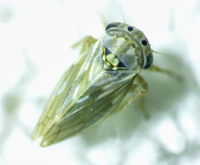 | Photo by: Ken Kneidel
Mecklenburg Co.
Comment: body 3 mm, length 2.54 times head width at eyes |  | Photo by: Ken Kneidel
Mecklenburg Co.
Comment: body 3 mm, length 2.54 times head width at eyes |
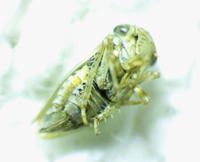 | Photo by: Ken Kneidel
Mecklenburg Co.
Comment: body 3 mm, length 2.54 times head width at eyes |  | Photo by: Ken Kneidel
Mecklenburg Co.
Comment: body 3 mm, length 2.54 times head width at eyes |
 | Photo by: Ted Wilcox
Watauga Co.
Comment: unid_leafhopper | 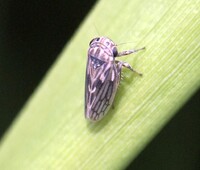 | Photo by: Ted Wilcox
Watauga Co.
Comment: unid_leafhopper |
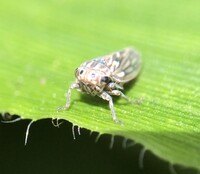 | Photo by: Ted Wilcox
Watauga Co.
Comment: unid_leafhopper |  | Photo by: Ted Wilcox
Watauga Co.
Comment: unid_leafhopper |
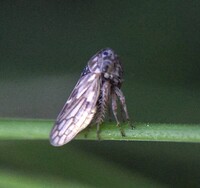 | Photo by: Ted Wilcox
Watauga Co.
Comment: unid_leafhopper | 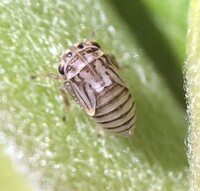 | Photo by: Ted Wilcox
Watauga Co.
Comment: unid_leafhopper |
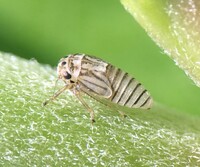 | Photo by: Ted Wilcox
Watauga Co.
Comment: unid_leafhopper |  | Photo by: Ted Wilcox
Watauga Co.
Comment: unid_leafhopper |
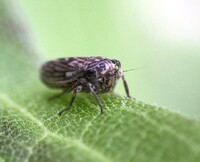 | Photo by: Ted Wilcox
Watauga Co.
Comment: unid_leafhopper | 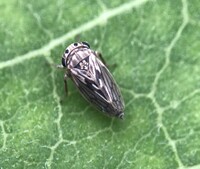 | Photo by: Ted Wilcox
Watauga Co.
Comment: unid_leafhopper |
|

 »
»
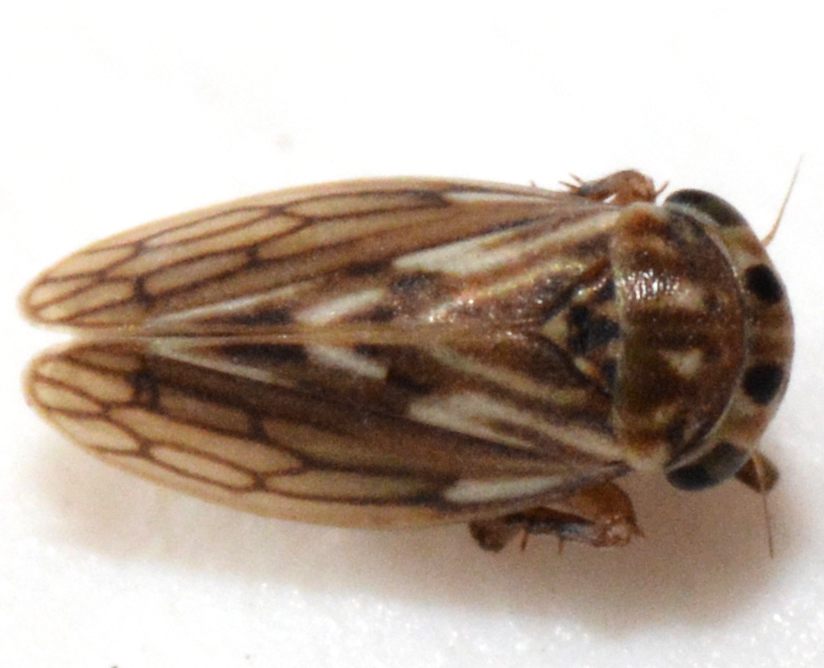

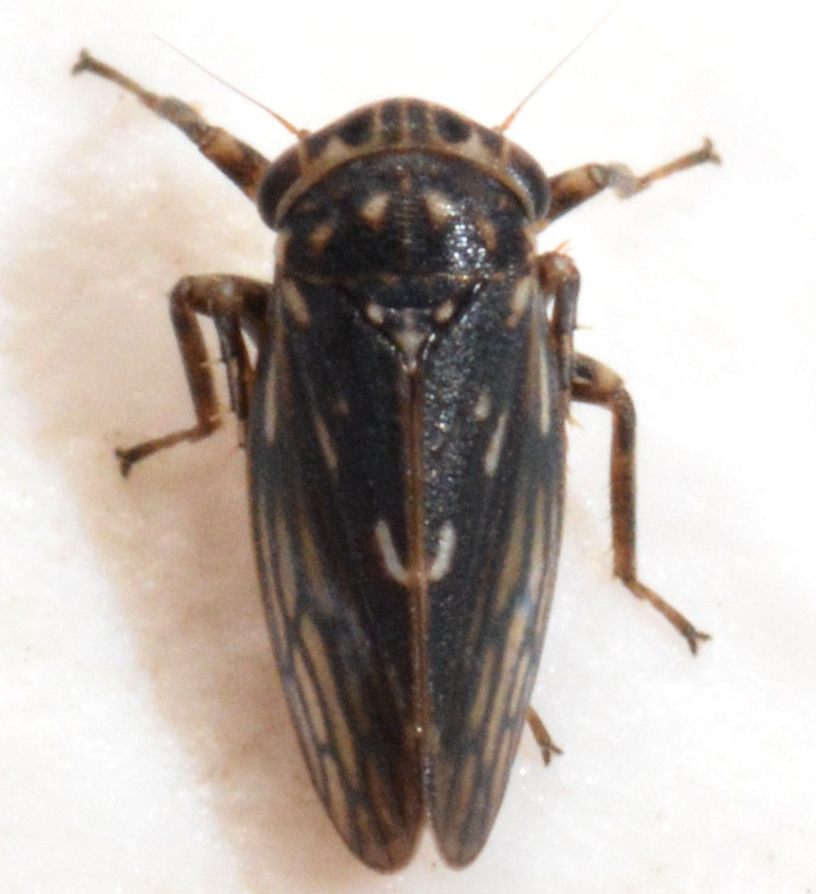

 »
»


